Ok, fightwriters, let’s get down to the nitty gritty. You’ve considered the setting of your work and what manner of combat is most appropriate given the geography and culture 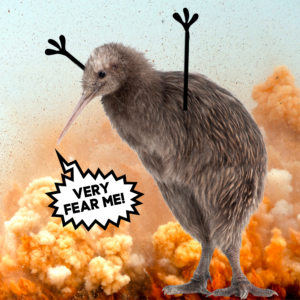 etc. Now, let’s go over picking a fighting style for your character based solely on your character.
etc. Now, let’s go over picking a fighting style for your character based solely on your character.
First and foremost, there is no best martial art/fighting style. Each is best for what it was created to accomplish and your character is a richer one for knowing any at all. So, even if your character doesn’t really fit the style that seems best for their body type etc, it’s totally ok! You are the god of your story. You can pick whatever fighting style you like and make it work. Just remember that there may be a few obstacles to overcome to use that style to its greatest potential. For example, if your character is a kiwi bird and you want them to be a boxer, you’re going to have to come up with some type of arm situation such as I have here in this completely real photo.
Street Fighting vs Sanctioned Fighting
Picking a Fighting Style Based on a Character’s Job
One of the first things you need to consider is what your character does for a living. If they are a surgeon, a seamstress, a sign language interpreter etc, they must spare their hands. So, you might want to steer away from styles such as boxing and Muay Thai which endanger the hands. In these cases, it might be best for your character to choose a style that avoids striking. Instead, go for styles that employ joint locks, throws and redirection or simply utilize the elbows and knees instead. Some great options for that character would be: aikido, Brazilian jiu-jitsu, judo, capoeira, prison style, SAMBO, Tae Kwon Do, wrestling. If you don’t know what those styles are, I have an easy reference chapter in my book that describes twenty different fighting styles and what type of character might do well with them.
On the note of your character’s occupation, keep in mind that the tools they use regularly, they will use efficiently. That is why many a book and movie has made the surgeon the serial killer. “Whomever killed this woman had excellent knowledge of the human body.” Hmmm wonder who that could be???
If your character is a farmer, they will know the proper way to wield farm tools (Vikings). If your character is a computer wizard, the internet will be their battlefield (Mr. Robot). (Dear computer hackers, please don’t use my Bath and Body Works orders against me!!!) If they are a bread maker, they will be strong and good with a rolling pin (Peeta). If they are chemists they will be able to make bombs out of nothing (Walter White). A custodian might be good with a jo staff, a stock person might be good with a box cutter, a dancer would be good at capoeira, a tailor with scissors, a carpenter a hammer… You get where I’m going.
Look at the occupation of your character when picking a fighting style. What must they spare to maintain their livelihood and what are they inherently good at because of it? Start there.
Picking a Fighting Style Based on Character Size
Smaller Characters
Let me say again, no fighting skill is wasted. However, there are some skills that are better utilized by different body types. In my post Writing Female Fighters, I finished with a video of Germain Yeap, a pro Muay Thai fighter masquerading as a novice. Yeap is very much built for the sport. At 5’7″ (170 cm), she is quite tall for someone who fights at 119-124lbs (54-57kg). As you go up in weight classes in MT, the fighters get progressively taller rather than simply thicker. Why? Because height usually equals reach and reach matters in striking sports.
If your character is much shorter than all the other characters in your work, it is ok to make that person a deadly striker. But, know that striking can’t be their main mode of combat. On that same note, your small, light character can be great at grappling/wrestling. But, being smaller on the ground is never optimal. Actually, being smaller is basically sub optimal in all hand-to-hand combat.
Be Normal or Show What’s Normal.
Can a smaller character overcome that? Sure! But you as a writer have to write them overcoming that. You can’t have a character who is a foot shorter and a hundred pounds lighter than everyone else walk in and clear a room full of folks with just their fists and feet alone. There needs to be a reason other than training why that is possible, and if that is the case make it known. Establish that normalcy. From the beginning of the John Wick franchise we are made aware that Wick isn’t the average guy. Even at 6’1″ and 185, Wick shouldn’t be, well, John Wick! I don’t care how much training he has. Generally, when humans are hit by cars, MULTIPLE cars, they don’t get back up and kick butt. However, that is normal for Wick. We are shown that from the beginning and we happily accept it. That’s what we’re paying for.
Consider a Weapon
If your character is much smaller in comparison to other characters, a weapon is a good way to go. It’s great to choose one that utilizes reach (naginata, bo staff, whip) or makes size irrelevant (sling shot, cross bow, bow and arrow, gun). And, consider the weight of that weapon. A great-sword has great length, about five feet (1.5 meters) of it! But, it’s also close to seven pounds which is heavy. It may not seem like it. Heck, most of our pets weigh more! Thing is, the weight of a sword is out in front of you. Seven pounds is a lot. Trust me on this.
When Going Hand-to-Hand
Even with a weapon, a smaller character will have to be able to handle themselves hand-to-hand. When that is the case there’s plenty of options. Sports/arts like judo, Brazilian jiu-jitsu and wrestling allow smaller opponents to take larger ones down to the ground. But, the smaller one wouldn’t want to stay there on the ground. They would want to run! But, if they do end up on the ground, which, again, isn’t good, they can utilize choke holds and leg locks to render the larger combatant unconscious or unable to pursue. Even if they are skilled at any of these, they need to know how to, as the coach of Cobra Kai said, “strike first, strike hard, show no mercy!” On that note, Krava maga is another great option! Its moves are decisive. In KM, you don’t just defend, you disable. You strike to finish the fight or finish the opponent.
There are more options as well. If you know of some, chances are you are ahead of the game here. Utilize that knowledge! Whatever fighting style you choose for your smaller character, they don’t need to hang around in the fight. NO trained fighter stays in a fight one moment longer than what is necessary because the longer the fight, the greater the chance for injury.
Ok, in the next post, we will look at characters of different sizes and abilities. Before you leave the site, subscribe to the blog! As a thank-you, I’ll give you access to a subscriber’s only post.




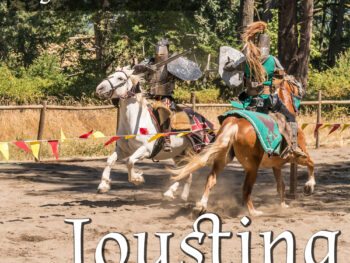

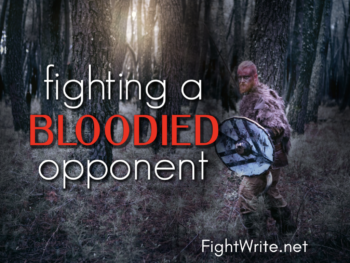
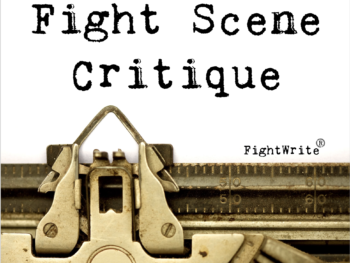
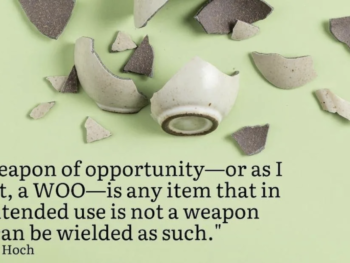

I blog often and I truly appreciate your content. The article has
really peaked my interest. I will book mark your site and keep checking for new
details about once a week. I subscribed to your Feed as well. https://menbehealth.wordpress.com/